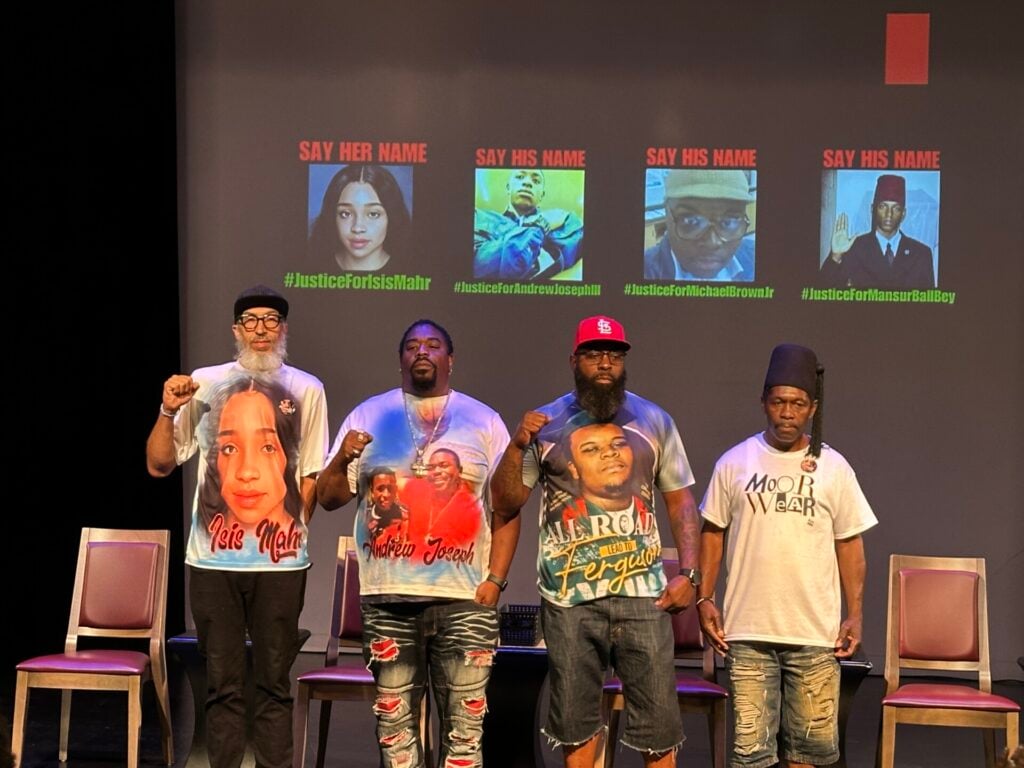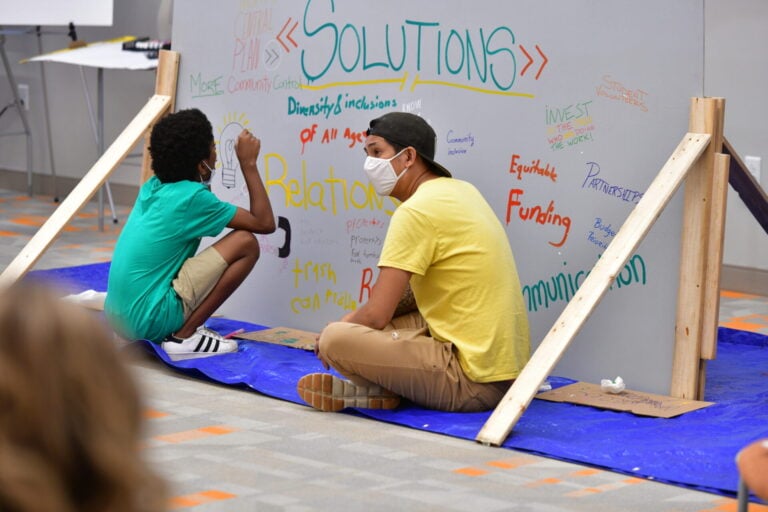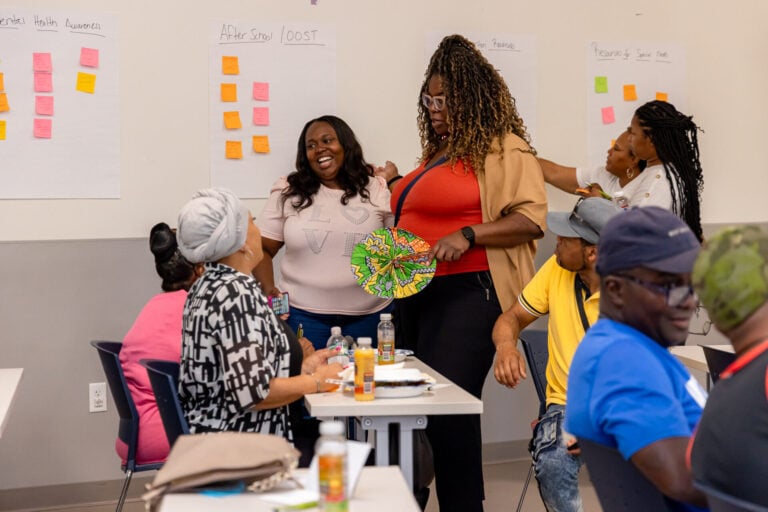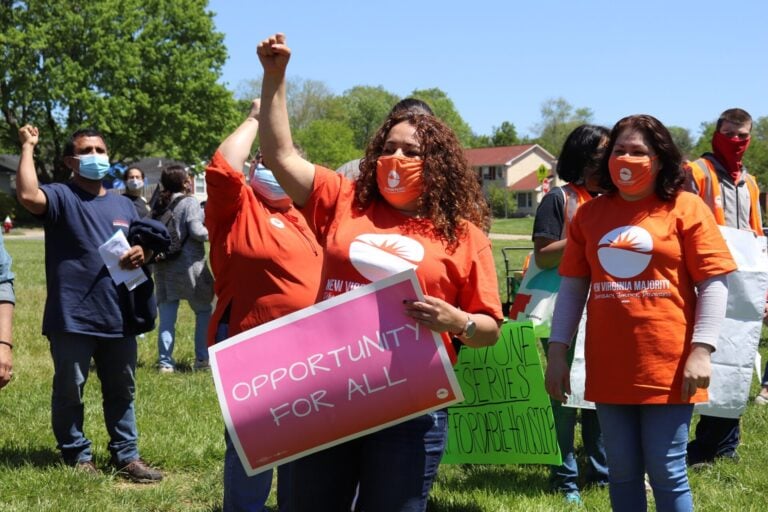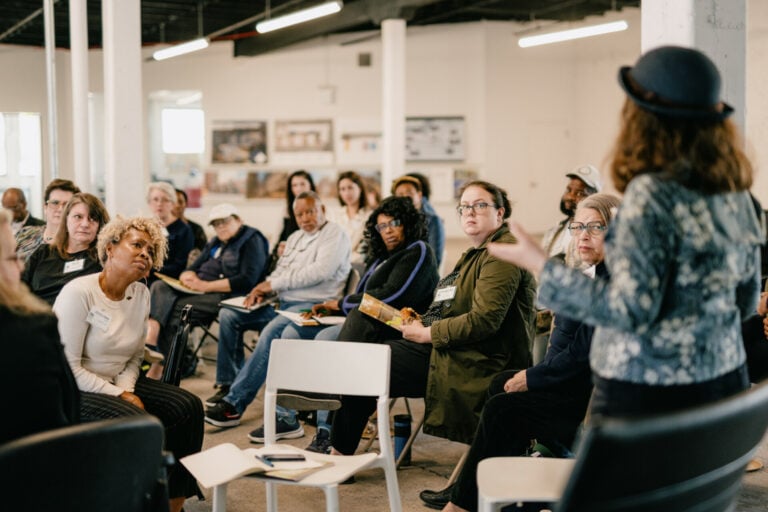It is not unusual for me to spend my Saturday mornings at a regional jail. I volunteer with a community bail fund and my primary role is posting bonds for the organization’s clients. On one particular Saturday, I was sitting in the car waiting for a client to be released from jail so I could give him a ride to his temporary housing. I waited 30 minutes, which turned into an hour, and then two. When the client was finally released, he had the biggest smile on his face. He was free, and excited to see his family after being incarcerated on a probation violation. Despite having committed no new serious criminal offense, he had been jailed and his time away would likely cause him to lose his employment, benefits, and housing. During our ride, he shared, in detail, the exact supports he needed for himself and his family. That list did not include incarceration or more policing, but that was all the criminal legal system was offering him.
In 2021, when my former colleague at Borealis Philanthropy, Jose De Jesus Santacruz, and I began the process of transitioning the Communities Transforming Policing Fund (CTPF) to a participatory grantmaking fund, experiences like this client’s and countless others were top of mind. They reinforced what we already knew: that people most impacted by policing and the criminal legal system are the ones most capable of defining and leading transformational change. We were also driven by the passionate calls in 2020 to shift power and resources from police and the carceral state to communities. We believed those calls were not only directed toward the police, but towards all sectors of power and influence, including philanthropy.
Before transitioning to a participatory model, CTPF had a traditional grantmaking process, in which our grantee partners were selected solely by fund staff, mostly through an invite-only process. We began the shift by talking with our grantee partners, letting them know that the transition would not impact their two-year renewal grants; that we were committed to a smooth transition; and that they, themselves, would play a part in shaping it. We also had conversations with our donors, individually and as a group. After that, we reached back out to grantee partners and asked them to select members of their community to serve on what would be our first ever participatory grantmaking committee. We provided a role description and held calls to answer questions. The end result was a cohort of incredible individuals selected by our partners, all deeply caring, committed, thoughtful, and willing to join us on the journey of building new processes, practices, and policies.
What worked?
While participatory grantmaking was new for CTPF, it was not new for Borealis. Two of its nine funds, the Fund for Trans Generations (FTG) and the Disability Inclusion Fund (DIF), had participatory grantmaking processes in place from their inception. And another, the Black-Led Movement Fund, started changing its grantmaking model shortly after CTPF. Having colleagues to share advice, templates, and lessons with was truly invaluable, and I remain grateful for their openness and deep care for our collective communities in doing this work.
Another aspect of the process that worked very well was the dynamics and decision making of the participatory grantmaking committee. With facilitation support from the Black Emotional and Mental Health Collective (BEAM), we were able to build heart-centered relationships among members, even in a virtual environment. We also shaped a container for participatory grantmaking that could be adopted and used for other programs, processes, and even events at Borealis. That container included accessibility guidelines that our committee developed for their virtual gatherings; a glossary of commonly used phrases in English and Spanish; and a land acknowledgement statement grounding the work in the historical and ongoing context of state violence against Black, Indigenous, and people of color. These groundings serve as a reminder of the long and generational arc of racial justice movement work, the essentialness of inclusive processes, and the care we hope to engender in our communities.
Ultimately, our transition to a participatory grantmaking model not only created space for a diversity of voices with direct personal and professional experience to make decisions on the distribution of resources, it also birthed new practices and ways of being in relationship that our team at Borealis did not have before.
What was challenging?
Participatory grantmaking requires more resources and more time than traditional grantmaking, particularly when leading these processes with care and intention, as we should. We brought on BEAM to facilitate a healing justice approach, and participatory grantmaking consultants (including Katy Love who now also works with Fund for Shared Insight) to advise on the different ways the process could match our fund’s true capacity. We also required additional temporary administrative support to address the many details of an open application process, ensure accessibility for our committee members, and develop a system to support their review and deliberation process.
Our fund team had to learn to step back and relinquish control over decision making, knowing that some long-time grantee partners we had developed relationships with might no longer receive funding. And while opening up the application process meant more small and emerging groups would have the opportunity to apply for funds — meeting one of our central goals — it also meant, given our limited budget, that we would have to deny funding to more groups, no matter how good and worthy their work. That tension remains both a real challenge and a real motivator for our team to continue to cultivate relationships with donors in order to increase support for the fund’s work.
Why we do it
Every time I climb the stairs of the regional jail to post bond for a bail fund client, I am reminded of why CTPF’s theory of change now centers participatory grantmaking. There are millions of people in the U.S. whose lives have been forever altered by their interactions with police, jails, and prisons; their horrifying experiences invisibilized behind large concrete walls. Through participatory grantmaking, the Communities Transforming Policing Fund is working to not only make visible and uplift those experiences, but shift decision-making power to those who have survived them. These individuals know what they want and need for themselves, their families, and their communities; and it is long overdue that philanthropy resources their visions of safety.
Quick Takes from Jeree Thomas
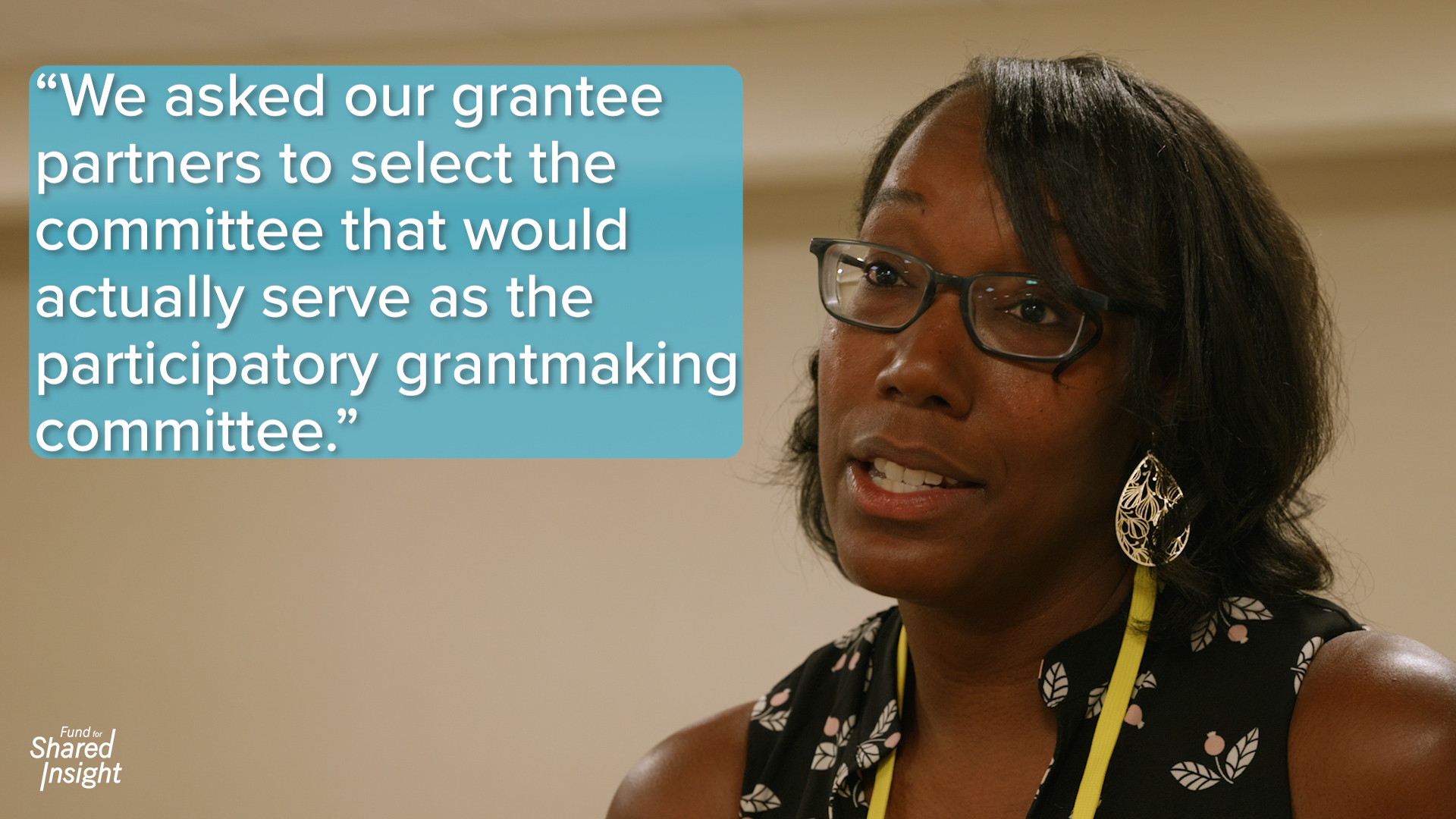
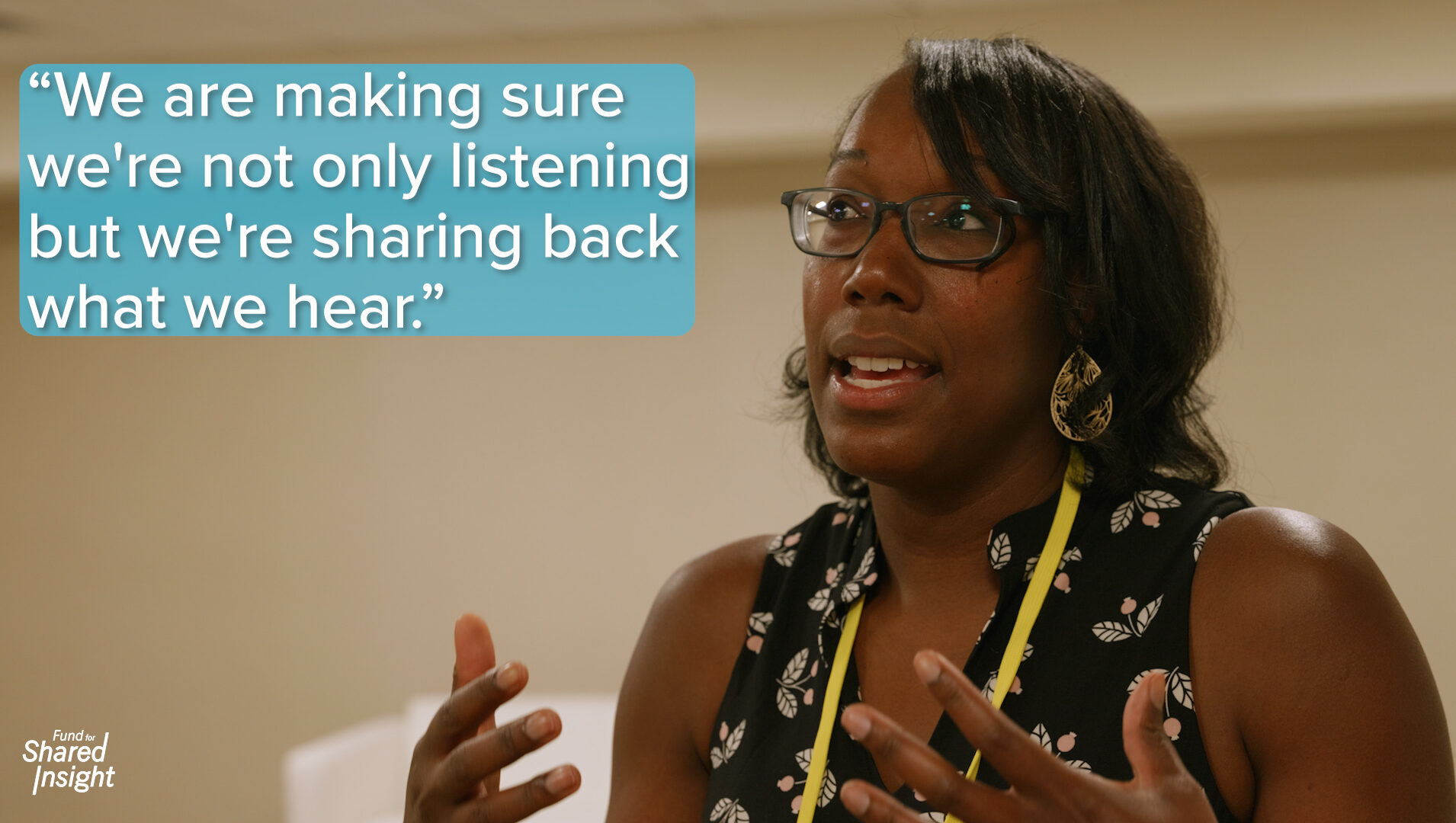
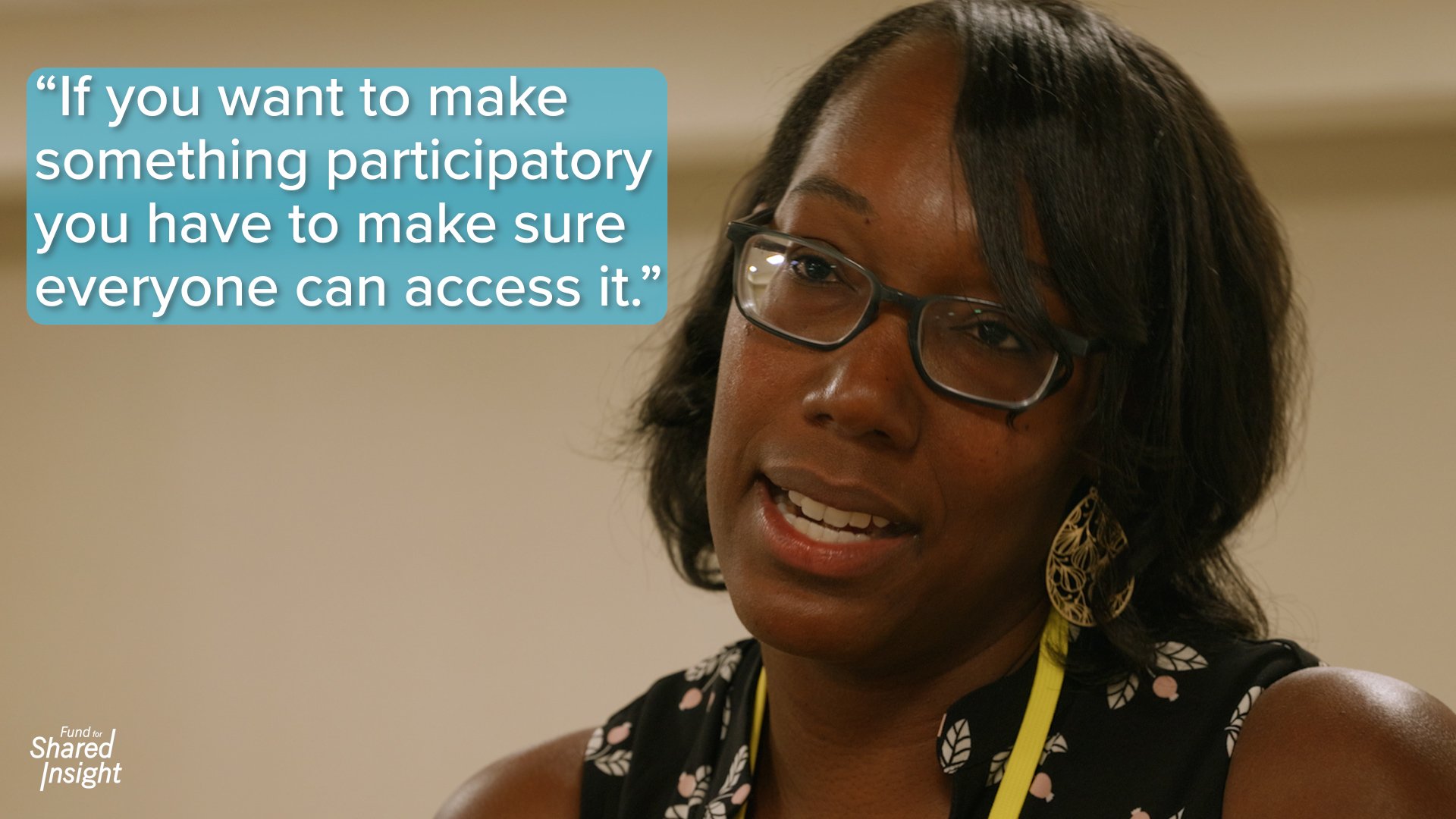
About the author:

